My company installs ZigBee-based phase cut dimmers for bulbs and LEDs (those which support phase cut dimming). Recently, we encountered a site where we faced a flicker issue. The light is slightly flickering. When the same set of LED driver + LED is being tested at our test lab, everything is working fine. This issue seems very site specific.
Site details - Some active construction is still happening at the site. Machinery like stone cutters, drill machines are being used on a continuous basis. It's also possible that the site is being powered by a generator set and not connected to grid at all (I am not sure of this part yet).
Here is the site waveform:
I noticed a repetitive glitch in the AC waveform which could be a reason behind the flicker issue.
AC waveform as seen at our test lab:
This one looks different from the site waveform.
What is causing this distortion at the site? Is there a way I can correct it so that dimmers don't cause any flicker?

